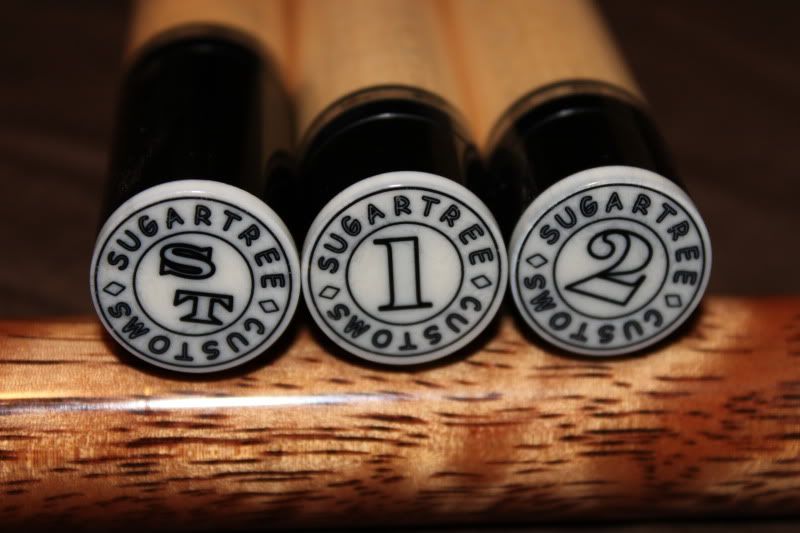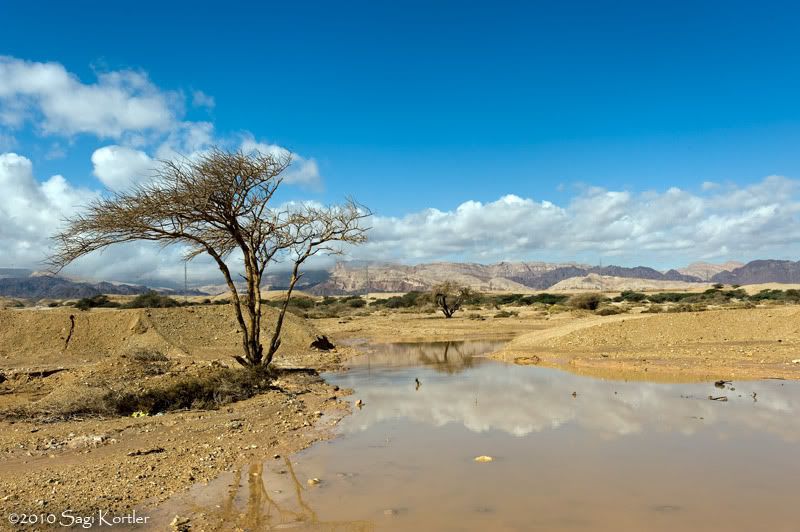Film is not dead. I and several other photographers I know still shoot film, as well as digital. I also recommend students learn on a manual film camera before switching to digital, so you fully understand the mechanics of shooting without relying on autofocus cameras, film OR digital.
Good advice ... or as a compromise, turn off all the auto functions on a DSLR and shoot away. Make as many mistakes as you want.
The point of this is that the numbers the camera CPU give you in the viewfinder if you know WTF they are telling you ... and most of it is very arcane numbers derived from slightly complex mathematical formulae that goes back to the earliest days of photography.
It really doesn't matter if you understand the math or not as long as you can recognize a correct answer. Without that knowledge the numbers might as well be Venusian.
Here's an example, and I'm going to use the age old 1 over the film speed rule in bright sunlight, or "SUNNY 16" as an example.
If I'm shooting at ISO 200 (Film or sensor sensitivity to light, lower number being less sensitive but also less prone to grain/noise.) I can get a correct exposure at F16 (Aperture opening, the larger the number the more depth of focus field is yielded.) at 1/250 of a second (1 over the film speed meaning that shutter speed is set just over ISO ... or 1/250 when ISO is set at 200.) and the photo will technically be correct.
That doesn't mean that I will get the desired result. All it means is that the photo will neither be under or over exposed to any significant amount.
What I might want is a very slow shutter speed so that running water becomes milky and beautiful as it flows down a rocky waterfall.
To get that exposure correct I might choose ISO 50 ... needing 4 times as much light ... which requires that my shutter speed drops from 1/250 at F16 to 1/60 second. Still not slow enough however ... so I might change the aperture to F32 ... which would slow my shutter speed to 1/15 of a second.
For an uber fast sporting event I might want to shoot at 1/8,000 of a second to stop a 90 MPH+ fastball. To do that I could change aperture to F2.8 ... allowing 32X as much of an aperture opening and a compensating 32X as fast a shutter speed.
In all of the examples cited I could have left the DSLR to select 1/250 at F16 at ISO 200 ... and it would likely select something like that ... and have a properly exposed photo. But ... my eerily smooth flowing water would be frozen, and my fastball would be a blur.
So, yes one needs to play with different aperture and shutter speeds and sensitivity to learn how they interact with each other ... otherwise the VF info is just gibberish.
That doesn't mean it has to be complicated to use ... every DSLR available will give you an option of selecting which aperture you want to get the proper depth of field and it will select the corresponding shutter speed, or vice versa ... but you have to know which one you want to get the photo you want.
Electronics make photography easy if you remember that you are the artist and it is the tool.
LWW



